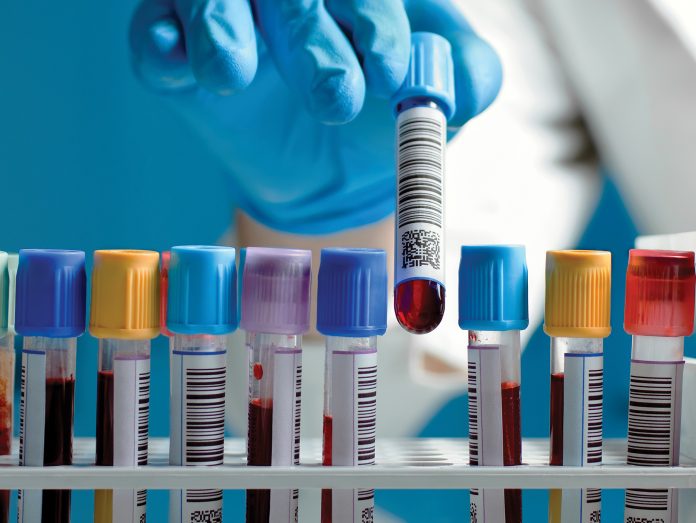
A novel research study led by investigators from the Johns Hopkins Armstrong Institute Center for Diagnostic Excellence estimates that 795,000 Americans die or are permanently disabled each year due to diagnostic errors. The new findings point to the pressing need to reduce diagnostic errors and confirm the U.S. National Academy of Medicine’s contention that improving diagnosis in healthcare is a moral, professional, and public health imperative.
The research, published today in BMJ Quality and Safety included contributions from the Risk Management Foundation of the Harvard Medical Institutions.
“Prior work has generally focused on errors occurring in a specific clinical setting, such as primary care, the emergency department, or hospital-based care,” said David Newman-Toker, MD, PhD, lead investigator and director of the Center for Diagnostic Excellence. “These studies could not address the total serious harms across multiple care settings, the previous estimates of which varied widely from 40,000 to 4 million per year. The methods used in our study are notable because they leverage disease-specific error and harm rates to estimate an overall total.”
The method used by the researcher for their estimate was straightforward, multiplying national measures of disease incidence by the disease-specific proportion of patients with the disease who experience errors or harms. This process was repeated in 15 different disease areas which experience the most harms to patients, and this was then extrapolated across all dangerous diseases to reach the estimated total. The researchers then assessed the accuracy of the final estimates by running the analysis under different sets of assumptions to measure the impact of methodological choices made. The validity of the findings were then compared with independent data sources, as well as undergoing expert review.
The result was a national estimate of 371,000 deaths and 424,000 permanent disabilities that reflect serious harm across healthcare setting and matches data from multiple prior studies that focused on diagnostics errors that occurred in ambulatory clinics, emergency departments, and during inpatient care.
Among health conditions, vascular events, infections, and cancer accounted for 75% of the total serious harms and 15 different diseases account for just more than half (50.7%) of the total serious harms. Five conditions, stroke, sepsis, pneumonia, venous thromboembolism, and lung cancer accounted for 38.7% of the total.
The total overall average error rate was pegged at about one-in-nine for all diagnostics (11.1%), but rates varied widely ranging from a low of 1.5% for heart attack to 62% for spinal abscess. The top cause of serious harm was from the misdiagnosis of stroke, which was missed in 17.5% of all cases.
The results of this analysis should help healthcare providers prioritize those areas with the highest rates of misdiagnosis harms, and those with the highest diagnostic error rates for improvement.
“A disease-focused approach to diagnostic error prevention and mitigation has the potential to significantly reduce these harms,” Newman-Toker noted. “Reducing diagnostic errors by 50% for stroke, sepsis, pneumonia, pulmonary embolism and lung cancer could cut permanent disabilities and deaths by 150,000 per year.”
Johns Hopkins is already taking this approach, he added, via a program to address the misidentification of stroke, the number one cause of serious harm identified in the study. A number of different methods are being employed to reduce the misdiagnosis rate. Among them are:
- virtual patient simulators to improve front-line clinician skills in stroke diagnosis.
- portable eye movement recordings via video goggles.
- mobile phones to enable specialists to remotely assist front-line clinicians in diagnosing stroke.
- computer-based algorithms to automate aspects of the diagnostic process to facilitate scaling.
- diagnostic excellence dashboards to measure performance and provide feedback on quality improvement.
Newman-Toker noted that funding for addressing diagnostic error have only recently reached $20 million per year, making it a highly under resourced area of public health. “If we are to achieve diagnostic excellence and the goal of zero preventable harm from diagnostic error, we must continue to invest in efforts to achieve success,” he concluded.











